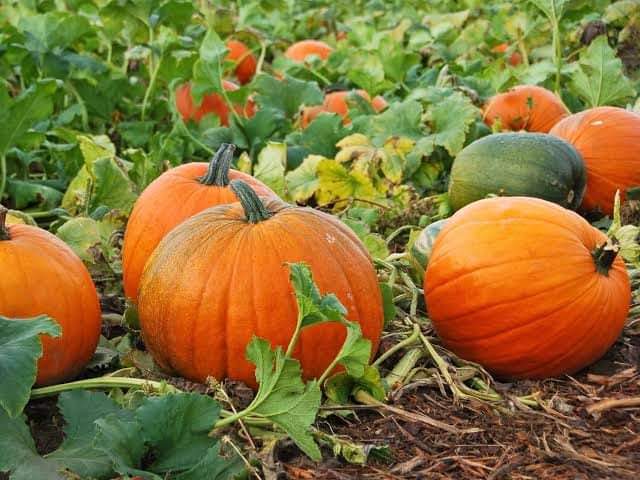Pumpkin farming In Nigeria
Pumpkin farming In Nigeria
Pumpkin farming is a rewarding agricultural venture suitable for both small-scale and large-scale farmers. Pumpkins (Cucurbita spp.) are versatile crops grown for their fruits, seeds, and even leaves in some cultures. They are rich in nutrients, including vitamins A, C, and E, as well as fiber and antioxidants, making them a popular choice for consumption and commercial purposes.
Varieties of Pumpkins
Pumpkins come in various shapes, sizes, and colors. Common varieties include:
1. Jack-o’-Lantern: Popular for decorative purposes.
2. Sugar Pie: Small and sweet, ideal for cooking and baking.
3. Giant Pumpkins: Known for their large size, used in competitions and as feed.
4. Butternut Squash: Though not a true pumpkin, it is closely related and widely grown for its taste.
Climate and Soil Requirements
Climate: Pumpkins thrive in warm climates with temperatures between 18°C and 30°C. They require plenty of sunlight for optimal growth.
Soil: A well-drained, loamy soil rich in organic matter is ideal. The soil pH should range between 6.0 and 7.5.
Land Preparation
1. Clear the land: Remove weeds, debris, and stones.
2. Plow and harrow: Ensure the soil is loose for proper root penetration.
3. Apply manure: Incorporate well-rotted manure or compost to enrich the soil.
Planting
Seeds: Use high-quality seeds from reliable sources.
Spacing: Plant seeds 1-2 inches deep with a spacing of 3-5 feet between plants and 6-10 feet between rows, depending on the variety.
Season: Pumpkins are best planted at the start of the rainy season or when irrigation is available.
Crop Management
1. Watering: Pumpkins require consistent watering, especially during flowering and fruiting stages. Avoid overwatering to prevent root rot.
2. Weeding: Regular weeding is essential to reduce competition for nutrients.
3. Fertilization: Apply nitrogen-rich fertilizers during the vegetative stage and switch to potassium-rich fertilizers during flowering and fruiting.
4. Pest and Disease Control: Common pests include squash bugs, aphids, and fruit flies, while diseases include powdery mildew and bacterial wilt. Use organic or chemical treatments as needed.
Harvesting
Pumpkins are ready for harvest 80-120 days after planting, depending on the variety.
Harvest when the skin is hard, and the fruit has a uniform color. The stem should be dry.
Use a sharp knife to cut the fruit, leaving a 2-3 inch stem to prevent rotting.
Post-Harvest Handling
Curing: Leave pumpkins in a warm, dry place for 7-10 days to improve shelf life.
Storage: Store in a cool, dry place to prevent spoilage. Properly stored pumpkins can last several months.
Economic Potential
Pumpkin farming offers multiple income streams, including selling fresh fruits, seeds, and processed products like pumpkin flour, oil, and snacks. The growing demand for pumpkins in the food, cosmetic, and health industries makes it a profitable venture.
Tips for Success
1. Select disease-resistant varieties.
2. Practice crop rotation to prevent soil depletion and pests.
3. Engage in proper marketing strategies to maximize profits.
Pumpkin farming, when managed effectively, can yield significant returns, making it an excellent option for both food security and income generation.




